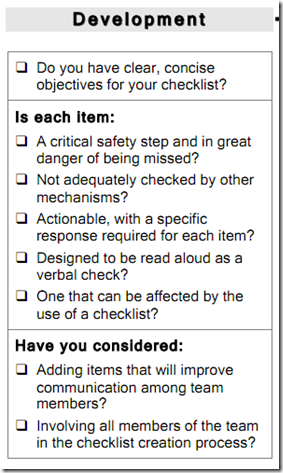Now you may assume you that the data center world is all built on science and facts. But, the Data Center World is no different than the rest of the world, and unfortunately those who benefit from managing your perception may have little interest in science.
Richard Feynman presented a talk on Cargo Cult Science.
I think the educational and psychological studies I mentioned are examples of what I would like to call cargo cult science. In the South Seas there is a cargo cult of people. During the war they saw airplanes land with lots of good materials, and they want the same thing to happen now. So they've arranged to imitate things like runways, to put fires along the sides of the runways, to make a wooden hut for a man to sit in, with two wooden pieces on his head like headphones and bars of bamboo sticking out like antennas--he's the controller--and they wait for the airplanes to land. They're doing everything right. The form is perfect. It looks exactly the way it looked before. But it doesn't work. No airplanes land. So I call these things cargo cult science, because they follow all the apparent precepts and forms of scientific investigation, but they're missing something essential, because the planes don't land.
If you want a way to detect the Cargo Cult Science in data centers, a pretty good indicator is whether you can find what Richard Feynman tell the graduates to do to not be Cargo Cult Scientists. How are they credible.
It's a kind of scientific integrity, a principle of scientific thought that corresponds to a kind of utter honesty--a kind of leaning over backwards. For example, if you're doing an experiment, you should report everything that you think might make it invalid--not only what you think is right about it: other causes that could possibly explain your results; and things you thought of that you've eliminated by some other experiment, and how they worked--to make sure the other fellow can tell they have been eliminated.
Details that could throw doubt on your interpretation must be given, if you know them. You must do the best you can--if you know anything at all wrong, or possibly wrong--to explain it. If you make a theory, for example, and advertise it, or put it out, then you must also put down all the facts that disagree with it, as well as those that agree with it. There is also a more subtle problem. When you have put a lot of ideas together to make an elaborate theory, you want to make sure, when explaining what it fits, that those things it fits are not just the things that gave you the idea for the theory; but that the finished theory makes something else come out right, in addition.
An example of the Cargo Cult Science is IO Data Centers Last Snowflake that 2013 will be the last non-standardized snowflake. There are many others, but this is one of the more timely ones that just got picked up.
Uptime: CEO of IO reaffirms prediction of the “snowflake’s” last day
Slessman sticks by prediction of end of non-standardized data centersThe world will not see a single non-standardized “snowflake” data center built after May 2013.
There may be people excited about this, but where is the data to support this claim?
When i looked at Slessman's transcript from 2011 where he made this claim. There is not a single mention of quality or errors in the talk. What data is shown that every IO data center is the same. Huh. IO data centers has redefined physics where there are no errors or quality issues with any of their build outs, so every data center is the same.
So, let's go with a brand that prides themselves on quality and german engineering - BMW.
BMW builds 450 cars a day in its South Carolina plant and I am going to point to a bunch of things that make me believe BMW more than IO Data Centers.
BMW has an analysis center to figure out what is wrong.
Analysis Center

At the Analysis Center, we ignore the BMW mystique, look past the dazzling lines and impeccable paint job. We strip down the BMW and take an honest look at our work. The naked truth in all its beauty is revealed.
The 60,000-square-foot Analysis Center is a fully functioning laboratory that allows us to examine and test every weld, every dimension, and every component on vehicles as they come off the production line. The Analysis Center covers three key areas of vehicle development: Functional Analysis, Manufacturing Analysis and Customer Feedback.
BMW has a 1MW data center to support its operations and analysis.
The BMW South Carolina factory is described in this National Geographic Video. What is not shown in this short video is the camera inspection equipment and many others to detect quality and errors in manufacturing.
The laws of physics are tough to beat and it is really hard to make hundreds of complex products be exactly the same. The products are not the same, they are all a bit different. The issue is whether the products perform within specifications and meet quality standards.
You can believe the Cargo Cult Science that 2013 will be the last snowflake and they will all be the same after that, but you may be like the villagers doing all the those things to bring the cargo planes back. Wearing wooden headhphones, bulding runways and putting wooden planes out.
Or you can go with the view that every data center is a bit different and I want an engineering science backed team who can adapt the manufacturing process to give a quality performing product.


 THINKING MAN Daniel Kahneman outside his Berkeley, California, home. “He [is] more alert and alive than most 20-year-olds,” writes Lewis.
THINKING MAN Daniel Kahneman outside his Berkeley, California, home. “He [is] more alert and alive than most 20-year-olds,” writes Lewis.




